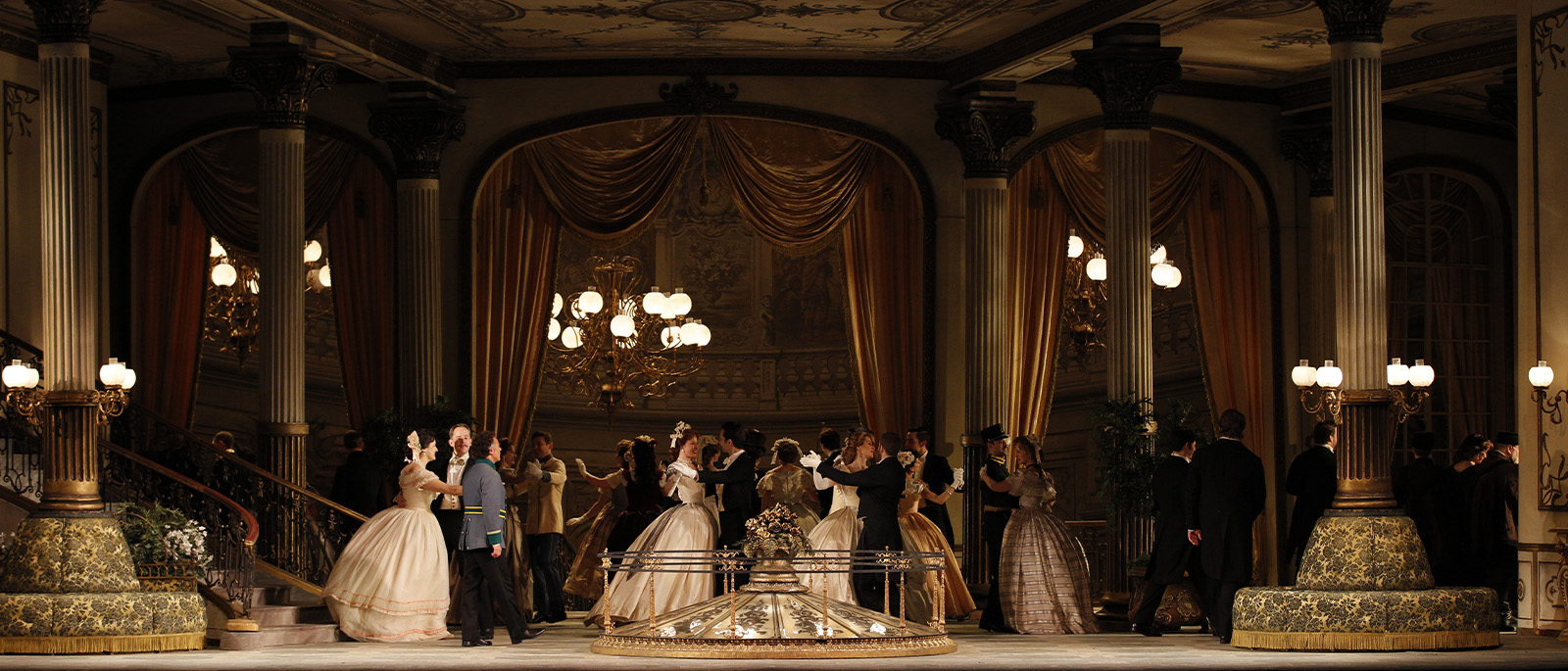
Richard Strauss
Arabella
Single tickets will go on sale to the general public in June 2025.
Patrons and Subscribers are eligible to purchase single tickets now. Please login to continue.
Overview
Strauss’s elegant romance brings the glamour and enchantment of 19th-century Vienna to the Met stage in a sumptuous production by legendary director Otto Schenk that “is as beautiful as one could hope” (The New York Times). Soprano Rachel Willis-Sørensen makes her role debut as the title heroine, a young noblewoman in search of love on her own terms. Radiant soprano Louise Alder makes her Met debut as her sister, Zdenka, and bass-baritone Tomasz Konieczny is the dashing count who sweeps Arabella off her feet.
Production a gift of Mrs. Michael Falk
Languages
Languages sung in Arabella
Sung In
German
Titles
Title languages displayed for Arabella
Met Titles In
- English
- German
- Spanish
Timeline
Timeline for the show, Arabella
Estimated Run Time
3 hrs 50 mins
-
House Opens
-
Act I
65 mins
-
Intermission
30 mins
-
Act II
50 mins
-
Intermission
30 mins
-
Act III
55 mins
-
Opera Ends
Cast
Select a date from the dropdown to filter cast by date of performance
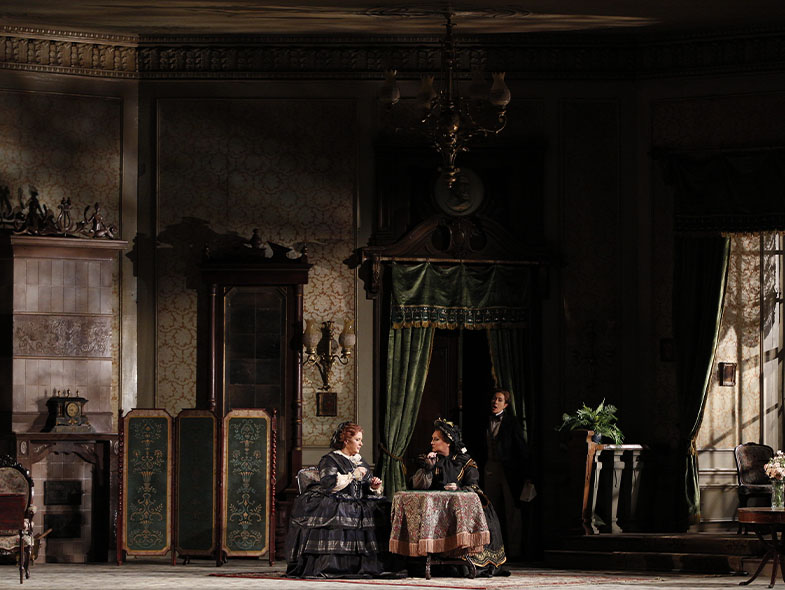
World premiere: Staatsoper, Dresden, 1933. The romantic comedy Arabella was the final collaboration of Richard Strauss and his great librettist Hugo von Hofmannsthal. While certain elements of operatic farce are present, there is great elegance about the work, and its characters’ journeys are moving and affecting in their own way. The title character—honest, pure, well-meaning—is one of opera’s most appealing and believable characters.
Creators
Richard Strauss (1864–1949) composed an impressive body of orchestral works and songs before turning to opera. After two early failures, he caused a theatrical sensation with Salome, and his next opera, Elektra, was his first collaboration with librettist Hugo von Hofmannsthal (1874–1929). Their partnership became one of the most remarkable in theater history, though their personalities were very different—Hofmannsthal enjoyed the world of abstract ideas, while Strauss was famously simple in his tastes—which makes their collaboration all the more extraordinary.
Production
Otto Schenk
Set Designer
Günther Schneider-Siemssen
Costume Designer
Milena Canonero
Lighting Designer
Gil Wechsler
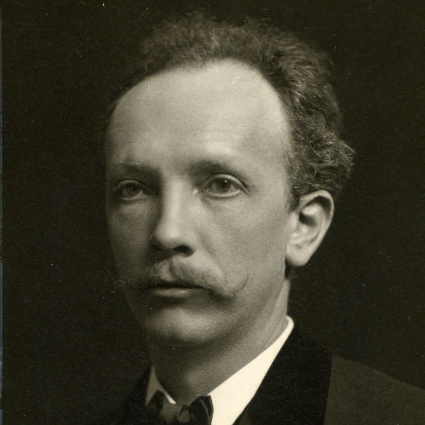
Composer
Richard Strauss
Setting
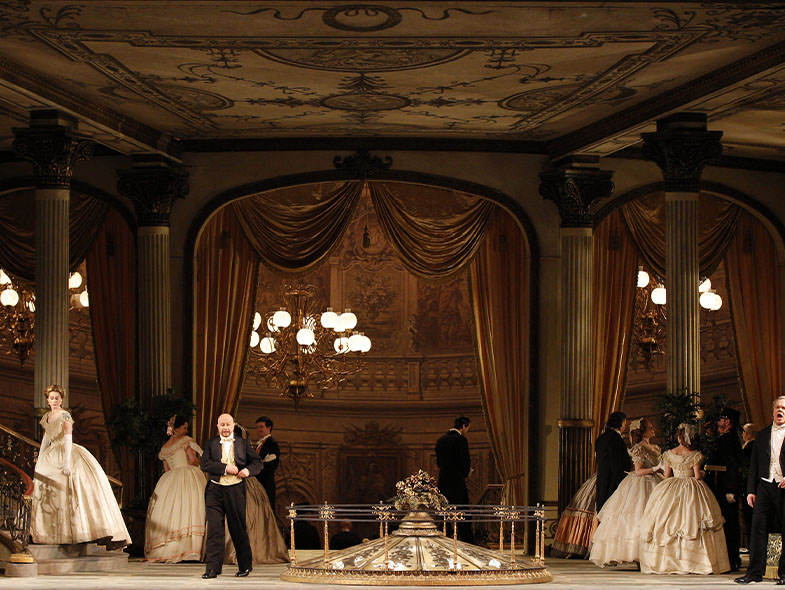
Arabella is set in Vienna around 1860. The historical moment that drives the plot is the situation of a fading landed gentry attempting to keep up appearances while somewhat adrift in the modern urban melting pot.
Music
The score of Arabella is beautiful and charming, with a wealth of lyrical melody perfectly attuned to the demands of the story and characters. Strauss’s most exalted domains—his writing for the soprano voice and for the orchestra—are magnificently apparent throughout this score, with the title character’s introspective soliloquy in Act I being just one stunning example. He also calls upon the orchestra to create unforgettable effects, nowhere more notable than in the touching final scene, in which the listener is transported into a musical experience of forgiveness, wisdom, and the burgeoning of true love.
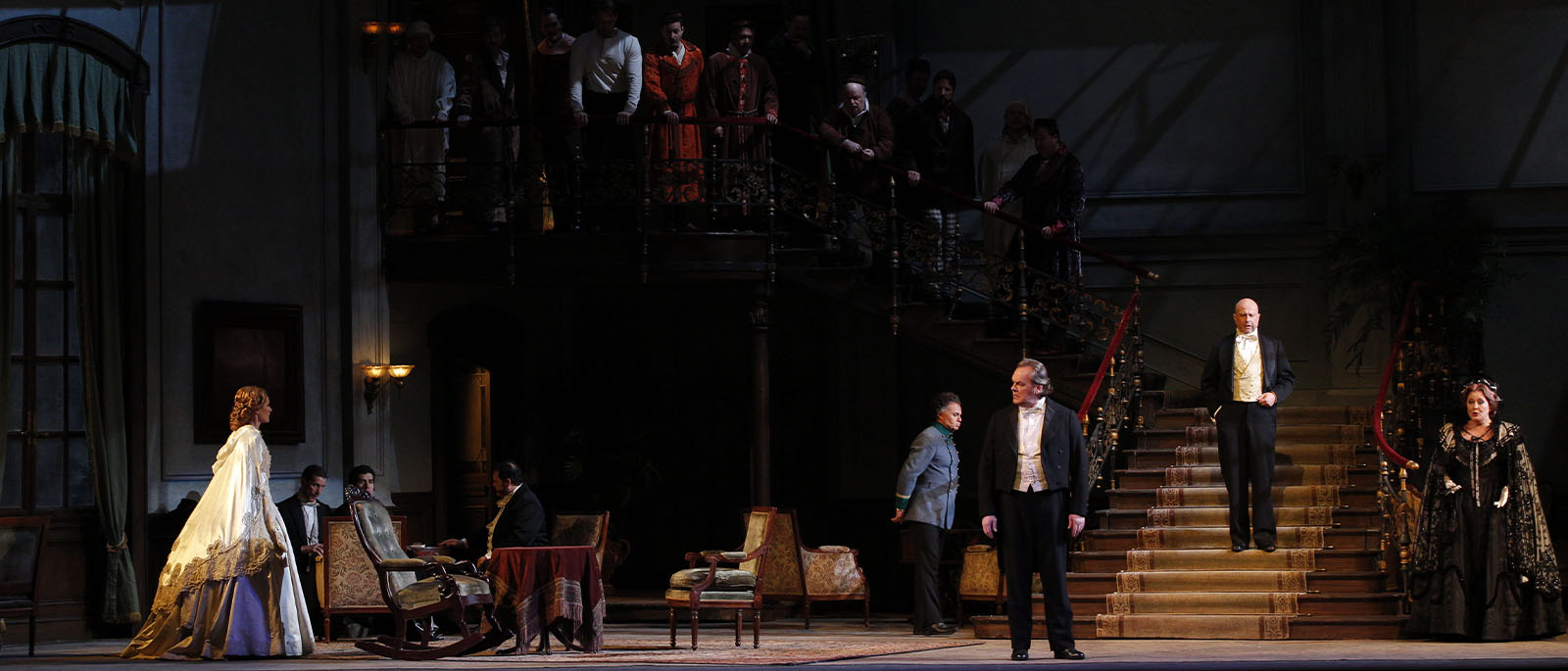
Share This Page
Social Share
Copied